Are you ready to elevate your team's productivity and collaboration? Agile technology development methodology is revolutionizing the way we approach projects, making adaptability and efficiency a priority. In today's fast-paced environment, understanding the principles of Agile can help you streamline processes and enhance communication within your team. Join us as we delve deeper into the benefits and best practices of Agile methodology'your journey towards a more responsive and effective development process starts here!

Purpose and Scope
Agile technology development methodology emphasizes iterative progress and flexibility in software development. This approach focuses on collaboration between cross-functional teams and stakeholders to enhance project outcomes. Key principles include delivering small, incremental improvements (sprints) and obtaining feedback from end-users to refine features continually. Scrum and Kanban are notable frameworks within Agile, commonly employed in tech firms worldwide, including Silicon Valley-based startups. Agile methodologies encourage adaptive planning, allowing teams to respond quickly to changing requirements, which is especially crucial in fast-paced environments. The purpose of this briefing is to outline Agile's frameworks, roles, and processes, illustrating how this methodology can optimize productivity, ensure quality, and align project goals with customer needs effectively.
Roles and Responsibilities
Agile technology development methodology emphasizes collaboration and adaptability, defining specific roles and responsibilities that contribute to project success. The Scrum Master facilitates the Agile process, ensuring team adherence to Agile principles, while the Product Owner prioritizes the product backlog (an ever-evolving list of project requirements) based on stakeholder input and business value. Development Team members, typically ranging from 3 to 9 individuals, engage in daily stand-ups (short status meetings) to synchronize efforts and address obstacles. Additionally, stakeholders (clients and users involved) provide essential feedback during iterations, culminating in regular sprint reviews (evaluative meetings at the end of each development cycle) to discuss progress and plan future work. Understanding these roles enhances communication, fosters accountability, and drives continuous improvement.
Key Principles and Values
Agile technology development methodology emphasizes iterative progress, fostering collaboration among cross-functional teams. Key principles, as outlined in the Agile Manifesto, prioritize customer satisfaction through early and continuous delivery of valuable software. Short development cycles, known as sprints, typically lasting two to four weeks, encourage regular assessment and adaptation of project goals. Frequent communication, utilizing daily stand-up meetings, ensures alignment and swift identification of obstacles. Emphasizing adaptive planning, Agile promotes responding to change rather than adhering to a fixed plan, facilitating innovation. Core values include individual interactions over processes and tools, working software over comprehensive documentation, customer collaboration over contract negotiation, and responding to change over following a plan, essential for enhancing productivity and customer relationships in dynamic environments.
Process Overview and Timeline
Agile technology development methodology emphasizes iterative progress, team collaboration, and flexibility to change. The process begins with concept inception, where requirements are gathered through stakeholder input (meetings, surveys, and feedback sessions) to define the product vision. This is followed by sprint planning, typically occurring in two to four-week cycles, involving task prioritization and resource allocation to optimize efficiency. Each sprint incorporates daily stand-up meetings, lasting approximately 15 minutes, to address progress and hurdles faced by team members (developers, designers, and testers). After each sprint, reviews and retrospectives take place allowing for inspections and adaptations based on the outcomes achieved. The entire development process also includes continual integration and testing, with key performance indicators (KPIs) established to measure success. The timeline is generally divided into phases: initiation (1-2 weeks), development (ongoing), testing (simultaneous with development), and deployment (final phase, lasting 1-2 weeks). Overall, Agile promotes responsiveness and fosters productive teamwork within the dynamic nature of technology projects.
Communication and Collaboration Strategies
Effective communication and collaboration strategies are critical in agile technology development methodologies, such as Scrum and Kanban, to enhance team productivity and project adaptability. Daily stand-up meetings, lasting around 15 minutes, facilitate synchronization among team members, ensuring everyone is aligned on objectives and impediments. Collaborative tools, like Jira or Trello, enable real-time tracking of progress, fostering transparency in task assignments and statuses. Pair programming, a practice where two developers work together at a single workstation, promotes knowledge sharing and immediate feedback, which accelerates problem-solving. Retrospective meetings at project intervals allow teams to reflect on processes, encouraging continuous improvement in workflows and identifying areas for enhancement. Effective communication channels, ranging from Slack for instant messaging to Confluence for documentation, are vital for maintaining a cohesive team environment and fostering a culture of open dialogue.

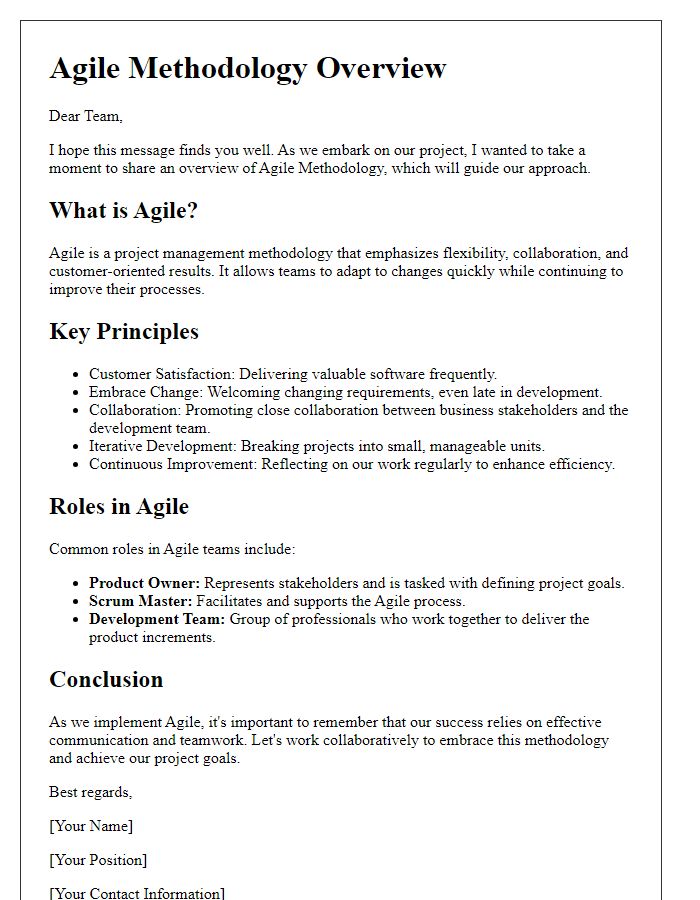
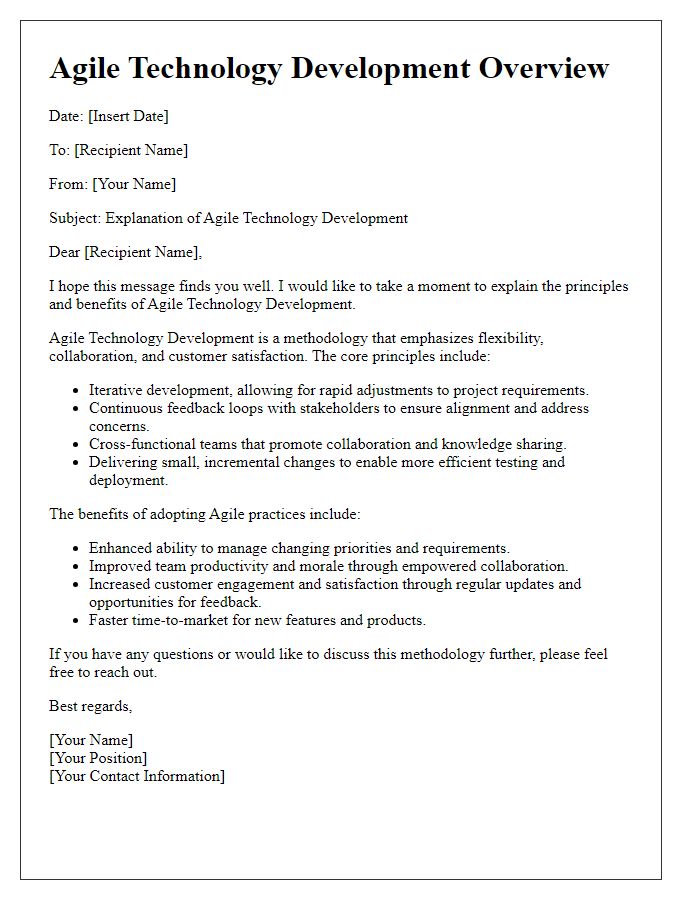
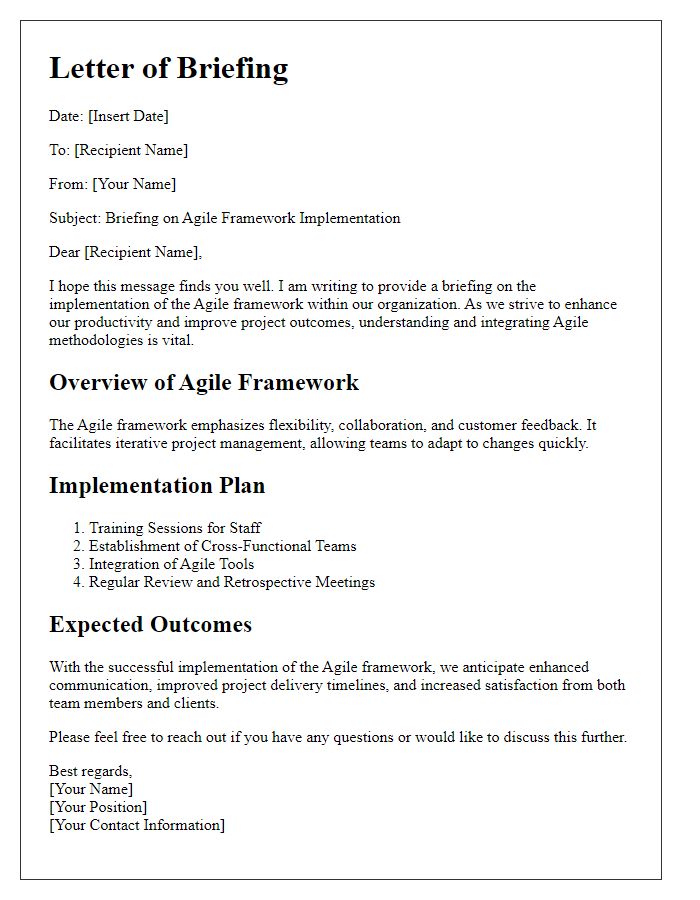
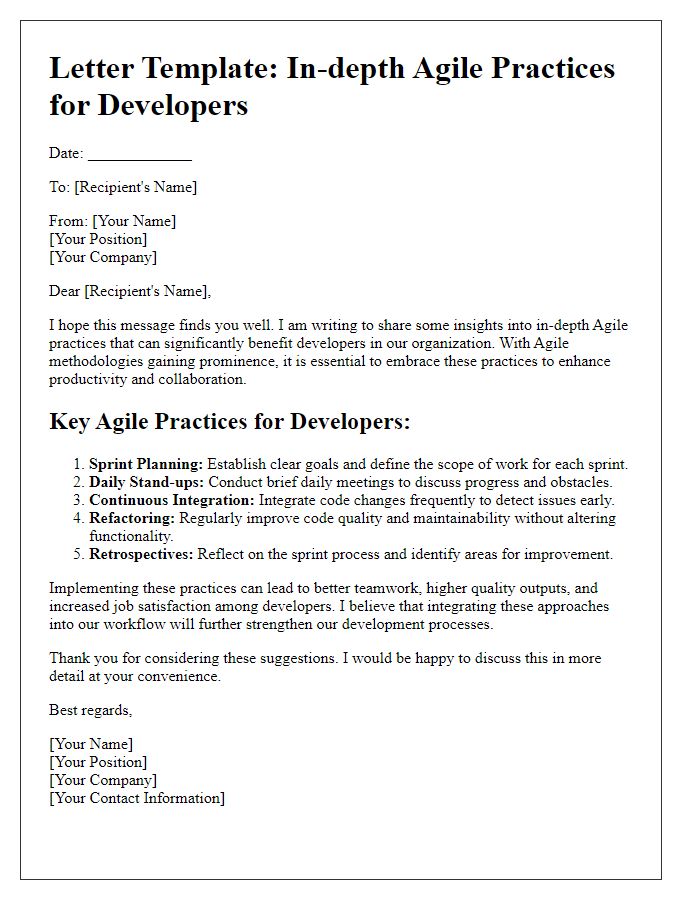
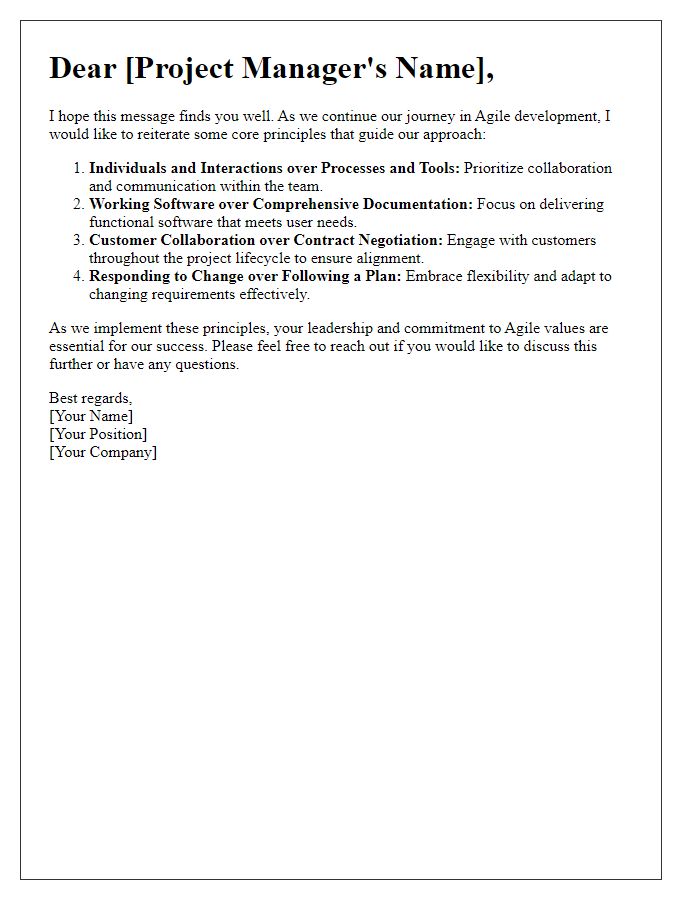
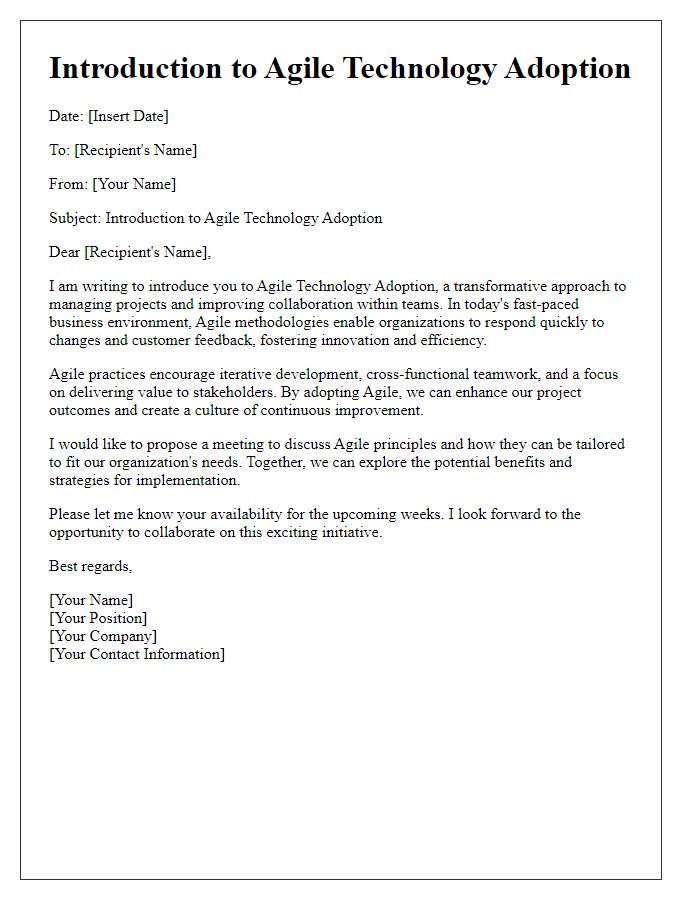
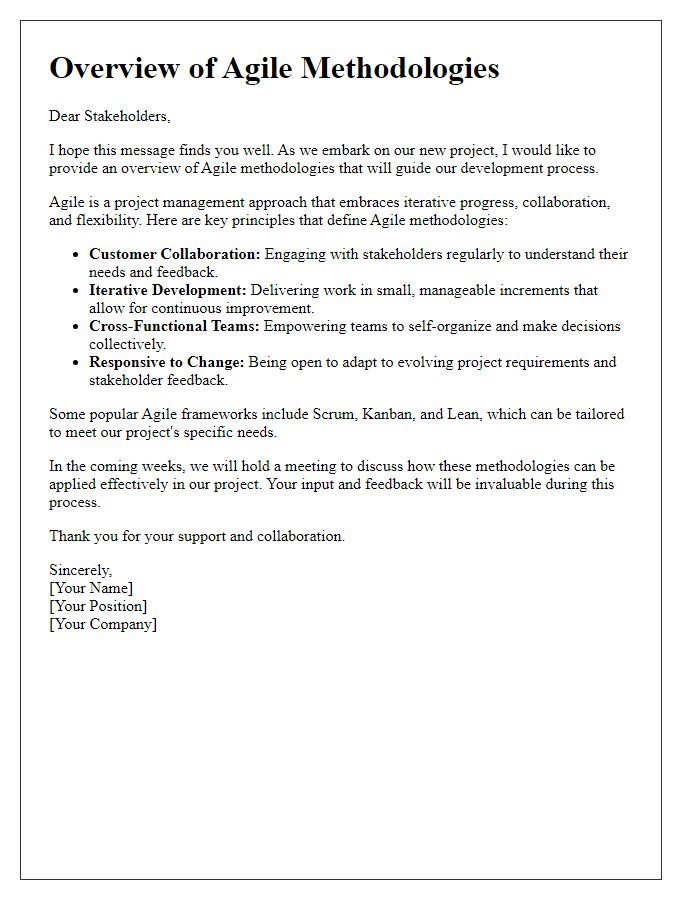
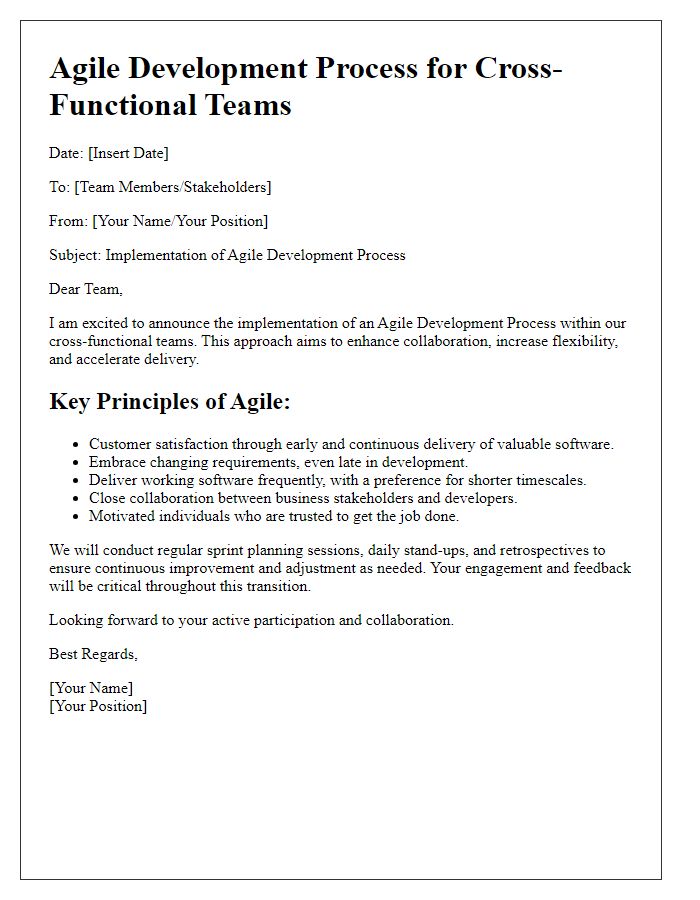
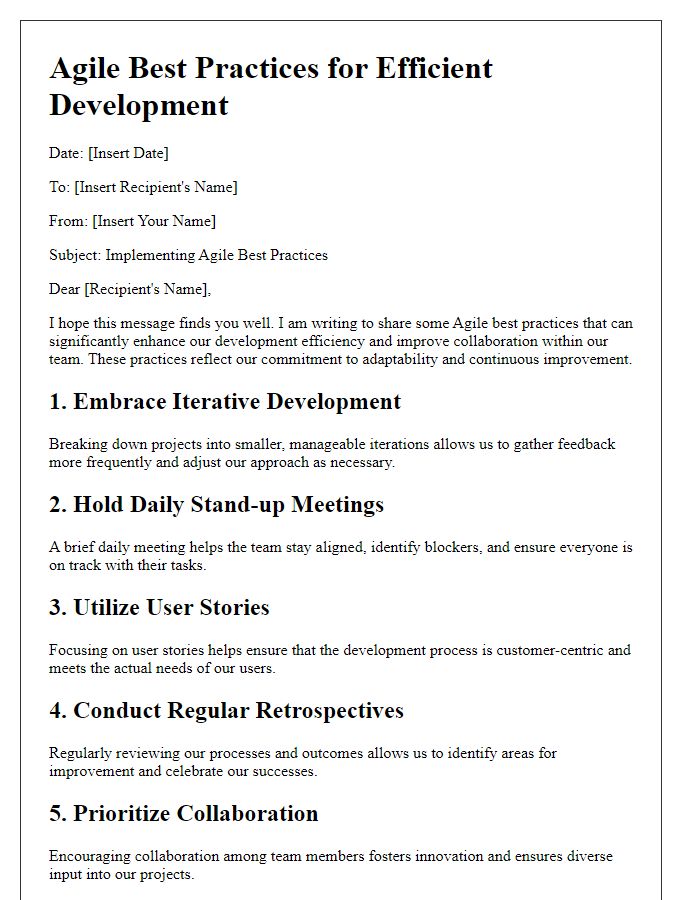
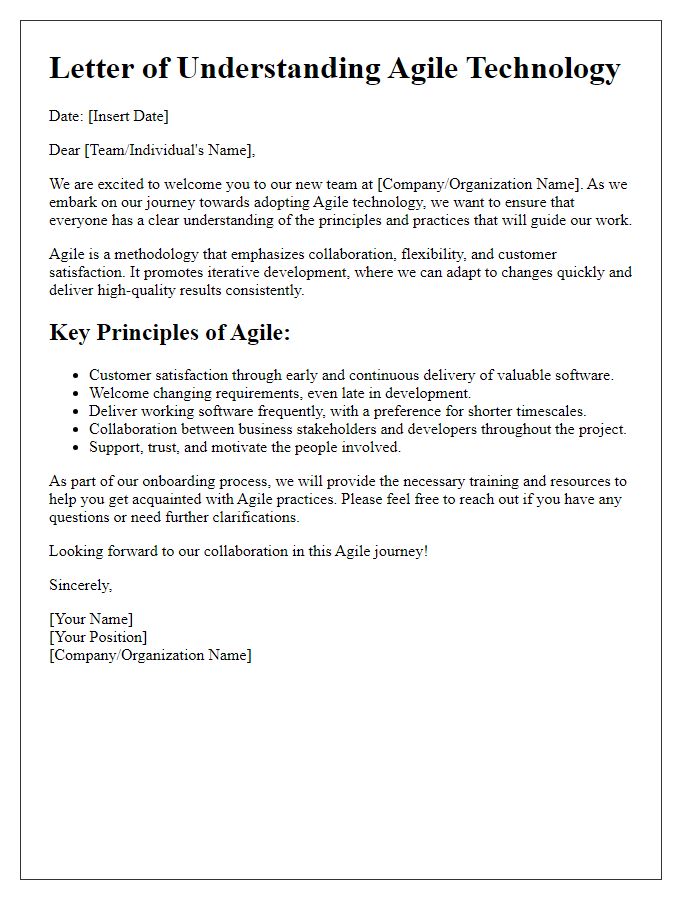





Comments